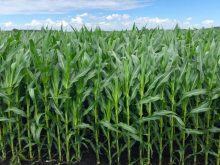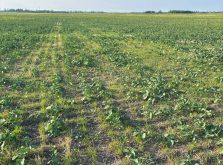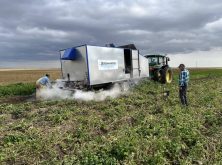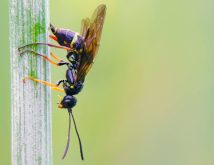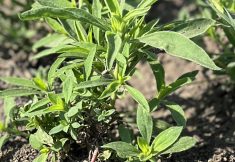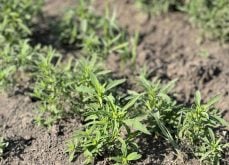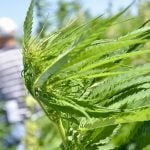Last year’s hot, dry growing season could have yet another unwanted gift for Prairie farmers — weed species where they’ve never seen them before.
A leading weed researcher says last year’s conditions — characterized by long-term drought, extremely hot weather and variable, untimely rains — have created a perfect storm for the expansion of some highly herbicide-resistant weeds. They may have also set the scene for winter annual weeds to thrive if left unchecked.
“Last year we had a large number of days that were over 30 C and that resulted in a high accumulation of growing degree days (a measurement of heat accumulation) throughout the Prairies,” says Charles Geddes, a research scientist with Agriculture and Agri-Food Canada in Lethbridge, Alta.
Read Also
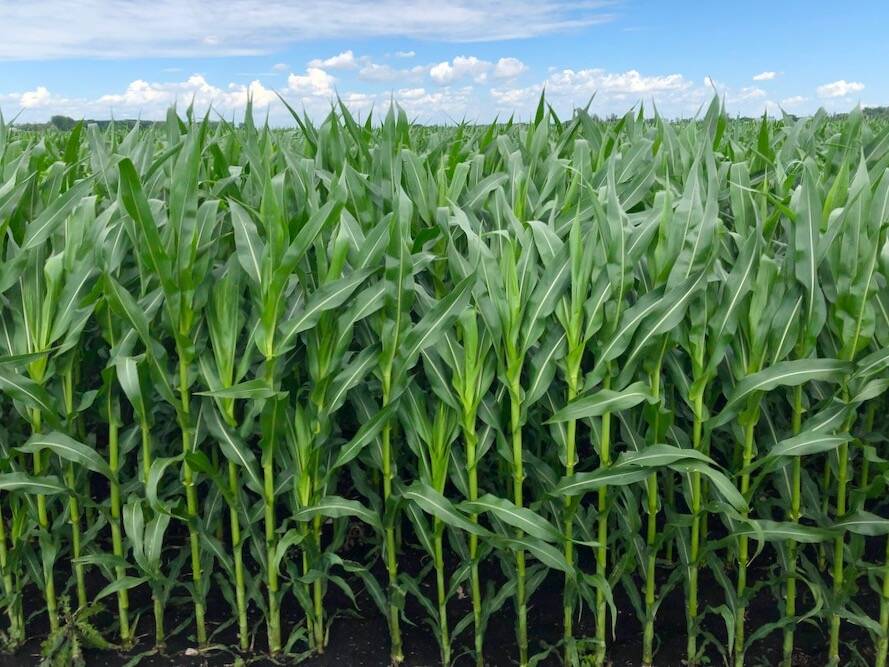
Cancer agency reclassifies another herbicide ‘probably carcinogenic’
The WHO’s cancer research agency has now put atrazine, a herbicide well known to corn growers, in the same potential-hazard category where the agency put glyphosate.
The resultant risk is weeds previously exclusive to the south may make their way further north, while others could move laterally across the Prairies.
Many of the northern bound weeds — including kochia, Russian thistle and various amaranth populations — are known for their drought tolerance and herbicide resistance. In Canada, kochia is resistant to up to three herbicide modes of action (Groups 2, 4 and 9) while Russian thistle has been showing increased resistance to Group 2 herbicides in recent years.
“As we see that greater accumulation of growing degree days moving further northwards, those weeds are now allowed to produce seed to contribute to the seed bank,” says Geddes.
“You will be seeing some of those longer-season weed species and there will be a greater risk of them moving into next year.”
Areas in northern Alberta may be at particular risk for some of these populations, he says.
“I think the biggest risk is going to be in Alberta as you’re moving up into the Peace River region. We have done some work on bioclimate modelling; usually when you’re talking about a growing degree day limitation, you see the variability moving up past central Alberta and central Saskatchewan and moving further north from there.”
Some weeds westward bound
One species new to southern Manitoba as of last year is Palmer amaranth, a large, crop-smothering weed that’s part of the pigweed family. Waterhemp — another species in the amaranth family — has been present in Manitoba since 2019, and is spreading, says Geddes. Both are threatening to cross into Saskatchewan.
“Because both Palmer amaranth and waterhemp are limited by accumulation of growing degree days, there will be a greater risk of them moving further west into southern Saskatchewan. Growers that are located in southeast Saskatchewan should really be on the lookout for those species.”
And because these weeds can be highly resistant to most herbicides, those producers should be prepared to use integrated weed management practices to deal with them.
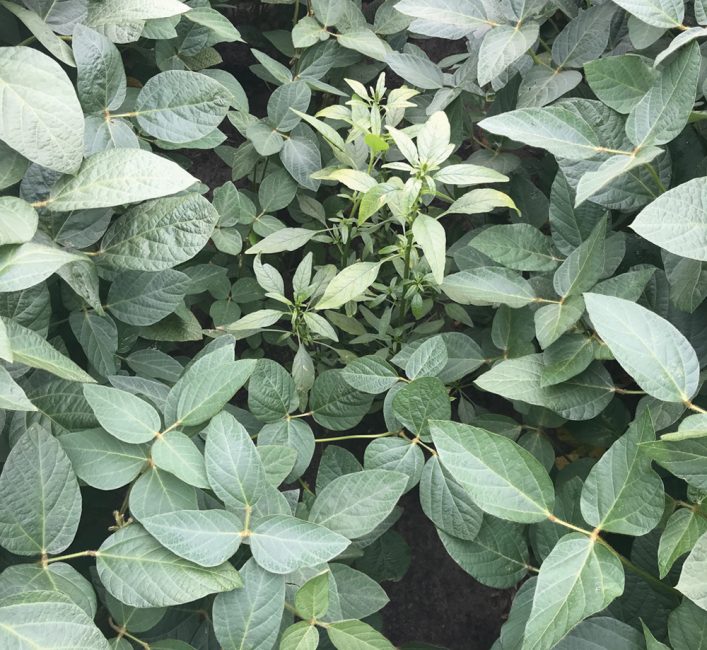
“Those species are very detrimental herbicide-resistant weeds that have been expanding in the United States for the past few decades, and in some cases in the States are resistant to almost every herbicide mode of action used for their management,” says Geddes.
If, or more likely when, Palmer amaranth and waterhemp find their way to Saskatchewan, they will represent the first time many producers in the province have had to deal with them.
“The big risk with Palmer amaranth and waterhemp is we have a whole range of amaranth species already present across the Prairies,” says Geddes.
“Misidentification can be an issue when it comes to those particular species, so a greater awareness of some of their identifying characteristics is going to be really important going into next year.”
If you suspect Palmer amaranth in your field — or any other unfamiliar looking weed — one of your best bets is to contact a provincial weed specialist, he says.
“Likely that weed specialist will take a sample and send it away for testing to confirm that the species is in fact what they are dealing with.”
Beyond that, Geddes recommends the document, “Weeds to Watch: Invasive Pigweeds, Waterhemp and Palmer Amaranth,” which is a guide to the distinctive features of those weeds available on the Ontario Ministry of Agriculture, Food and Rural Affairs website at http://www.omafra.gov.on.ca/english/crops/hort/news/orchnews/2018/on-0818a3.htm.
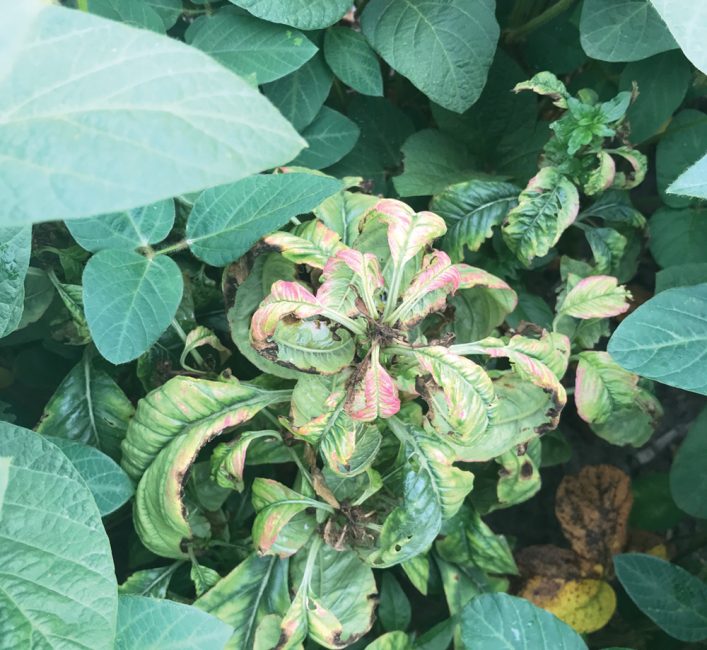
Conditions ripe for winter annuals
“Better late than never” doesn’t always apply when it comes to rain and farming. Although a rare sight on much of the Prairies in 2021, when rain finally arrived it did so late in the season. That set the stage for overwintering annual weeds, says Geddes. Winter annual weeds germinate late in the year and survive the winter.
“Later rains can promote emergence and establishment of winter annual weeds. We see this quite often when it rains in late summer or early fall. If those winter annuals establish over the winter, they can be a problem the next year.
“I think scouting for some of those winter annuals in pre-planting this year could be really important in making sure those winter annuals are managed appropriately.”
A couple to look out for include downy brome and Japanese brome, says Geddes. These are generally associated with drier regions of the Prairies such as southern Alberta and southern Saskatchewan.
“This past year, we confirmed the first case of glyphosate-resistant downy brome here in southern Alberta,” he says.
“I think the weather we experienced last fall will help downy brome populations in general and there are some resistance issues that we need to be looking out for.”
Farmers should also be on the lookout for flixweed — a winter annual frequently associated with drought — as well as populations of cleavers, says Geddes.
“Cleavers populations on the Prairies can be either summer or winter annuals. They are more associated with the areas where there is more precipitation — we often find them in central Alberta and central Saskatchewan.”
The usual suspects
There aren’t a lot of new herbicide resistance risks across the Prairies, says Geddes. Resistance typically doesn’t change dramatically on a year-to-year basis, he says. Typically they’re the usual suspects such as wild oat and kochia.
“Some of the risks we have always been dealing with are going to continue to be risks. Wild oat is certainly one I think is at the forefront of everyone’s minds because it’s present pretty much everywhere we grow crops across the Prairies. There certainly is resistance to several different herbicide modes of action in wild oat.”
The Prairies are also home to a range of broadleaf weeds with resistance to Group 2 herbicides. This is something for growers to keep in mind when making rotation decisions, he says.
“Some crops rely on Group 2 herbicides, so it is important to consider this along with the occurrence of Group 2-resistant broadleaf weeds when planning a crop rotation.”




